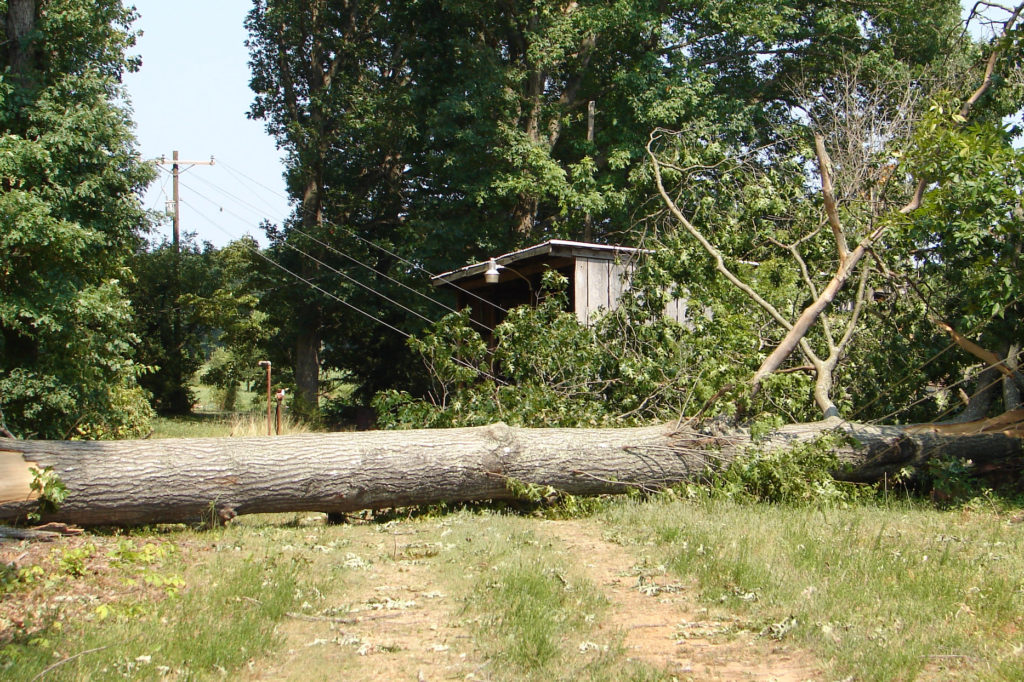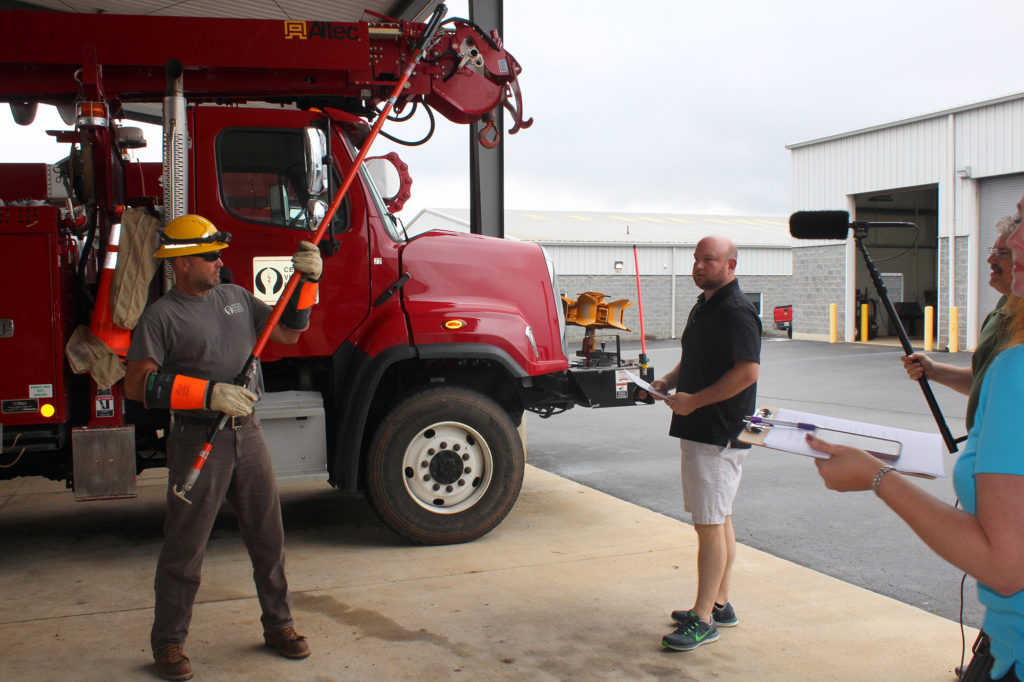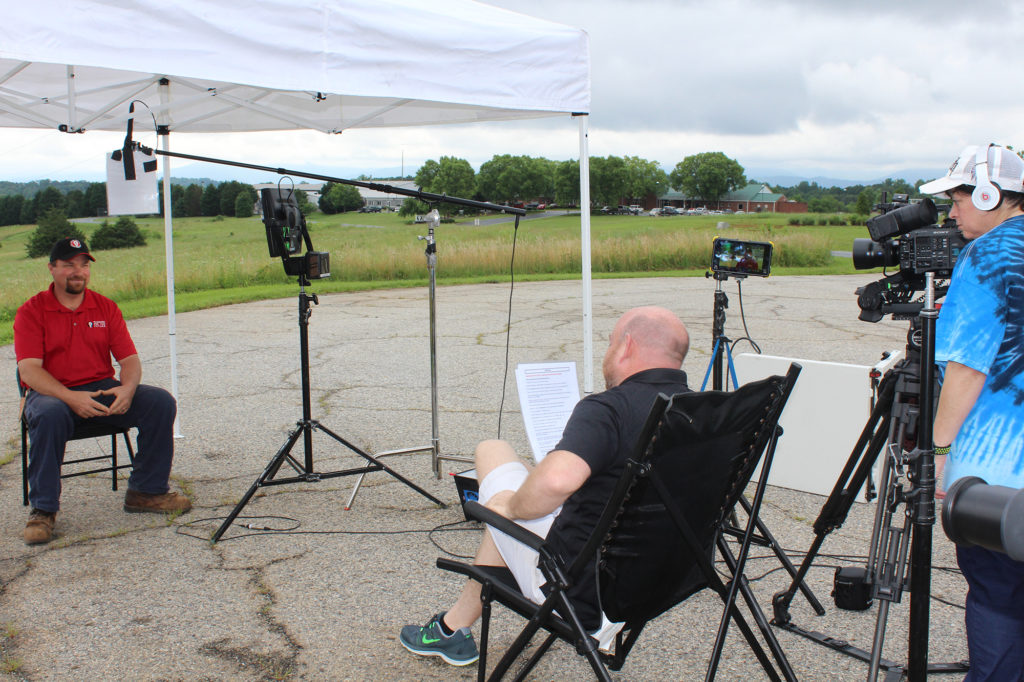
A tornado is like a blender, tearing apart objects in its grasp with spinning force, but a derecho is like a closed fist, delivering punishing body blows to anything it hits. Six years ago, the Ohio Valley/Mid-Atlantic derecho knocked out electricity to 5 million people, earning it a spot on The Weather Channel’s Top 10 list of severe weather outbreaks.
“When the derecho hit in June of 2012, CVEC had just under 35,000 total accounts that we were serving at the time,” recalled Gary Wood, president & CEO of Central Virginia Electric Cooperative. “About 18,600 went out, so a little over half of our customers were out of power that night.”
The Colleen-based distribution co-op was one of dozens of electric cooperatives in 12 states that reported power outages as a result of the storm that swept eastward from the Midwest June 29-30, 2012.
A Weather Channel production crew visited CVEC’s headquarters earlier this year to hear firsthand accounts from co-op crews involved in rebuilding lines, restoring service and re-energizing communities buffeted by winds in excess of 58 to 74 mph. The derecho story is set to air on TWC’s “Top Ten” show in November, during the series’ fourth season.

“We tell the stories of not only what happened, but also tell human interest stories through the eyes of those that were in the middle of the violent events,” said Howard Sappington, vice president of original productions for The Weather Channel. “The 2012 derecho is the only one of its kind on our list.”
“The story of the derecho will always be a story about the heroic job done by line crews from all of our electric cooperatives,” said Richard Johnstone, CEO of the Virginia, Maryland and Delaware Association of Electric Cooperatives.
Johnstone’s praise not only included co-ops directly affected by the event, but also those that responded with help under NRECA’s mutual aid agreements, codifying the concept of cooperatives helping cooperatives.
“We had 150 poles broken. On a normal day, it takes three or four men anywhere from four to eight hours to put a pole up,” Wood told the crew. “We replaced 150 poles that week. We had close to 150 cross arms broken and over a mile of conductor on the ground. It took us seven days to get power back on—seven tough days.”

Derechos are by definition widespread, long-lived wind storms that can include bands of fast-moving heavy rain showers, tornados, hail and straight-line winds. Originally identified as a weather phenomenon in 1888, they did not begin gaining widespread attention until technology improvements in radar and forecasting improved tracking and analysis in the late 1980s.
The June 2012 weather system initially developed over eastern Iowa and western Illinois. It drew convective energy from triple-digit temperatures in the region as it moved more than 700 miles eastward in 12 hours at speeds topping 60 mph.
The hourlong episode includes interviews with Talmage Eubank and Jason Prechel, two CVEC journeyman line technicians involved in power restoration in the days after the derecho struck.
“The whole video experience was a lot of fun,” said Prechel, the CVEC crew foreman who, like Eubank, admitted he was nervous about his moment in the spotlight.
“It’s not something I’m used to,” explains Eubank.
“We were able to run through questions with him and get him up to speed before he had to sit in front of the camera and answer questions,” said Melissa Gay, communications and member services manager for CVEC, who helped coordinate the video shoot. “It was a great learning experience for me and it was an honor to be a part of it.”
Watch: A behind the scenes look at Central Virginia Electric Cooperative on The Weather Channel’s “Top 10.”
https://www.facebook.com/cooperativeliving/videos/1842179752506279/